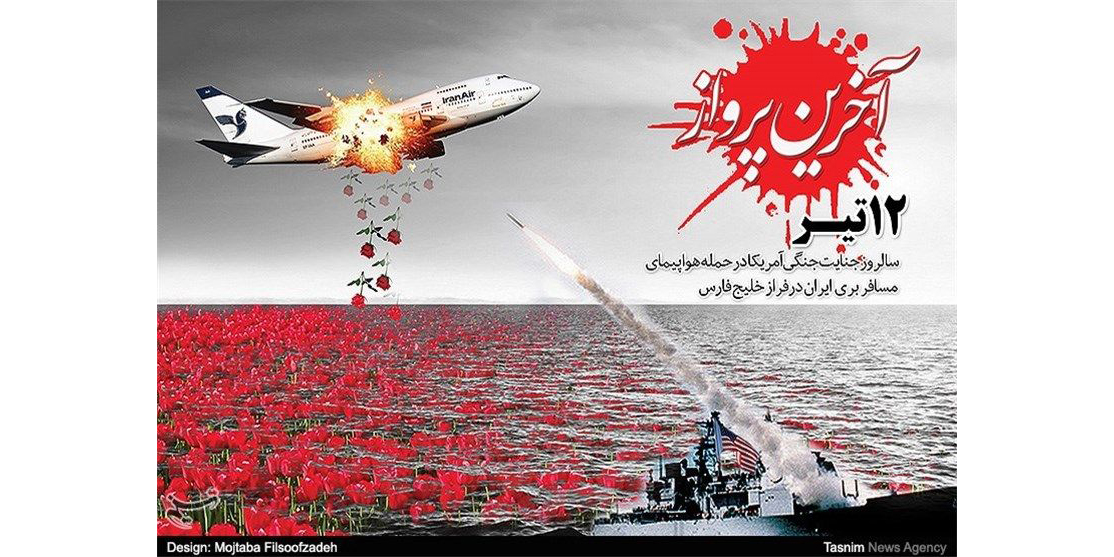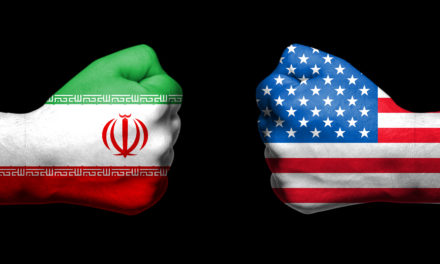Most of our naval forces are what would be considered as open-water forces. That is, our strength is big high-tech ships with lots of lethal force. Think an aircraft carrier battle group. That gives us a powerful niche that no other nation has and we could out-gun anyone in our path. In contrast, coastal warfare with its shallow waters and lack of maneuvering space is the domain of smaller and agile craft which logistically can’t stray too far from home. So, when we go to war in a confined space near a far-away enemy’s shore, we have severe disadvantages. The enemy can send out a swarm of small fighting craft whereas our small craft have no bases from which to operate. Hence, we send in big ships (a round peg in a square hole) against swarms of small boats armed with anti-ship missiles. Our forces are also vulnerable to air and missile attack from shore. And the big ships that we put into such an enemy’s home turf are very large targets.
I once asked a friend who is a former commander of an aircraft carrier, “How is it that there seems to be so little close-in defenses on an aircraft carrier?” He replied that “The vision is to not focus on arrows but to prevent the archers from getting close enough to shoot arrows”. In other words, keep an enemy too far away to launch missiles at the fleet. The defensive envelop of a battle group is approximately 250 miles. An enemy can not be allowed to enter that envelop without risking the loss of the ships in the group. Think about the plot of the movie Top Gun. When the enemy planes were within 250 miles, they sent friendly planes to intercept them. When the enemy got within 150 miles, they freaked out!
So, what would happen if we wanted to play policeman far from home against an enemy along his shoreline and in the middle of a puddle. It would be swarms of small agile craft, shore-launched anti-ship missiles and enemy air forces versus our big ships in an area too small to maneuver in and with almost no defensive envelop. The expression, “shooting ducks in a pond” applies here.
Welcome to the Persian Gulf! The Gulf is about 130 miles wide and 500 miles long with an entry/exit point (Strait of Hormuz) only 30 miles wide. Though the large American vessels have tremendous firepower, they are very vulnerable. Because the environment is so small, any threat (or perceived threat) may give the commanders only seconds from the threat recognition to lethal action in order to defend their ships. That gives no cushion to avoid mistakes. Operating in the Persian Gulf, the US Navy is engaging the enemy on turf advantageous to the enemy and perilous to us.
The Last Time We Played Tough Guy with the Iranian Navy
In 1988, Iran and Iraq were at war and the Persian Gulf was an active war zone. We decided that it was our job to protect the flow of the world’s oil supply via tanker ships traveling in the Gulf. Small Iranian gunboats had a habit of firing small rockets at the tankers. These didn’t badly damage the tankers but were intended to frighten them out of the Gulf. We sent our fleet of large fighting ships into the Gulf to protect the tankers from the Iranian gunboats. The rules of engagement were to not enter Iranian waters and only engage them if they attacked. One of our ships, the Vincennes, sent a helicopter to chase some gunboats. After the helicopter followed the boats into Iranian waters, the boats took some shots at the helicopter (although that is in dispute). The Vincennes then chased after the gunboats and also entered Iranian waters where they sank two and damaged one gunboat. During this raid, the radar operators spotted what they identified as an Iranian F-14 fighter plane on a trajectory to attack the Vincennes. Radio messages that were confusing and on the wrong frequencies were sent to from the ship as ill-conceived warnings. When the plane was 18 miles from the ship, Commander Will Rogers ordered that two missiles be fired. The sailors on the bridge cheered as the plane was destroyed. A short time later, officers watched through binoculars as debris fell from the sky. At that time, they realized that something was wrong as there was way too much debris falling.
Small debris of Iran Air Flight 655, an Airbus A300 with 290 civilians (including 66 children) fell from the sky that day. They left Tehran on their regularly scheduled 28-minute flight to Dubai and were in Iranian airspace. They were following all proper and routine procedures until they ran into a cowboy. The world media was plastered with video of bodies floating in the Gulf. Again, the world asked why we were poking our noses where it didn’t belong and who made the US king and policeman of the world. Convincing the world that the US is a benevolent country was a tough sell for a long time after.
Subsequent reviews implicated “Captain Rogers had “an undeniable and unequivocal tendency towards what I call ‘picking a fight”. It seems that once the Iranian gunboats reached Iranian waters, they just sat there while being “provoked” by the helicopter. Commander Rogers untruthfully informed his senior commanders that the gunboats were in attack formation and preparing to attack the Vincennes. Against their orders, Rogers crossed into Iranian waters in pursuit and destroyed some.
Upon return to their US port, instead of a court marshal, Commander Rogers was awarded a Navy Commendation Medal, which further infuriated the Iranians and the world.
A tragedy conveniently forgotten
By the way, given our current sparring with the Iranians in the Persian Gulf so similar to 1988, one would expect the tragedy to be a frequent topic of discussion. Has any media other than here even mentioned this 1988 tragedy? How ironic a message this absence sends. Perhaps the memory of this tragedy is inconvenient when powers want to provoke the Iranians into a minor act that would give us license to start a war.
Today
Why is the memory of this incident important today? As a famous person said, “He who forgets history is doomed to repeat it”. Just as in 1988, the confined space of the Persian Gulf, the vulnerability of our fleet and the genuine technical prowess of the Iranian nation, today’s engagement there is a tragedy, or worse, waiting with a hair trigger. The slightest miscalculation, series of errors, or intentional shove could instantly develop into a war that our nation can not endure. It should be noted that Iran is not Iraq. It is a very technologically advanced nation that has spent decades devising ways to sink ships off it’s shoreline. An arrogant vision that we are too smart to get hurt is a fools errand. If they flip that switch, we will suffer losses that we are not prepared to accept and would result in another war. If we were to loose an aircraft carrier with a few thousand sailors, would the majority of the American people demand that we go over there and kick butt? Do you suppose that there are people in places of influence that have set this up to deliver that result. Hint, last weekend, the President’s National Security Council voted unanimously to militarily attack Iran. Only Donald Trump dissented, thankfully his was the vote that counted.
For more information;




